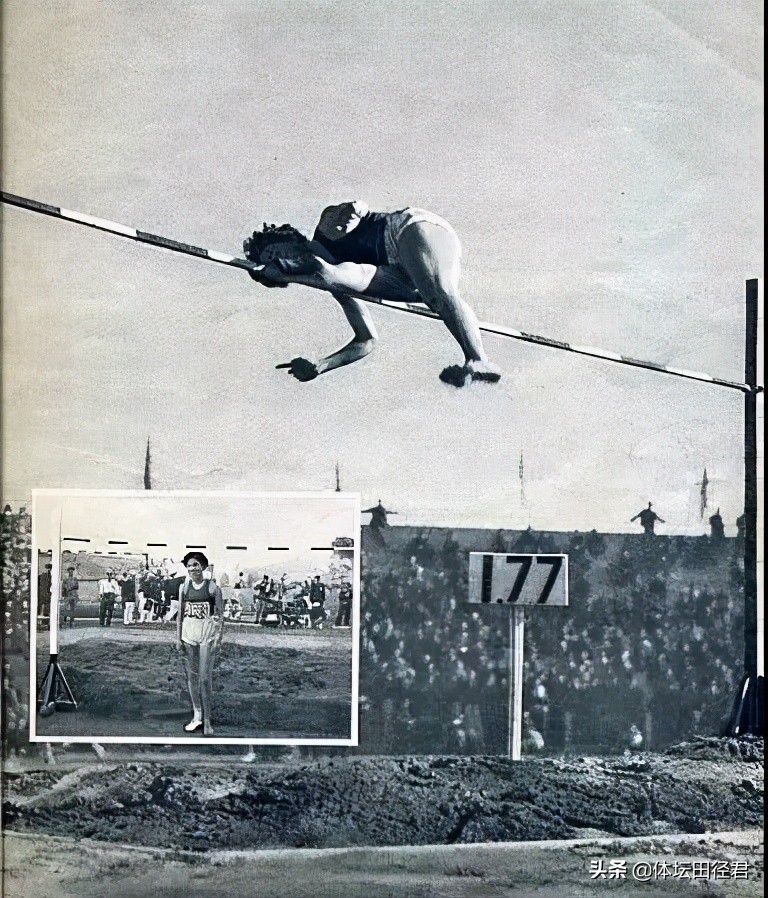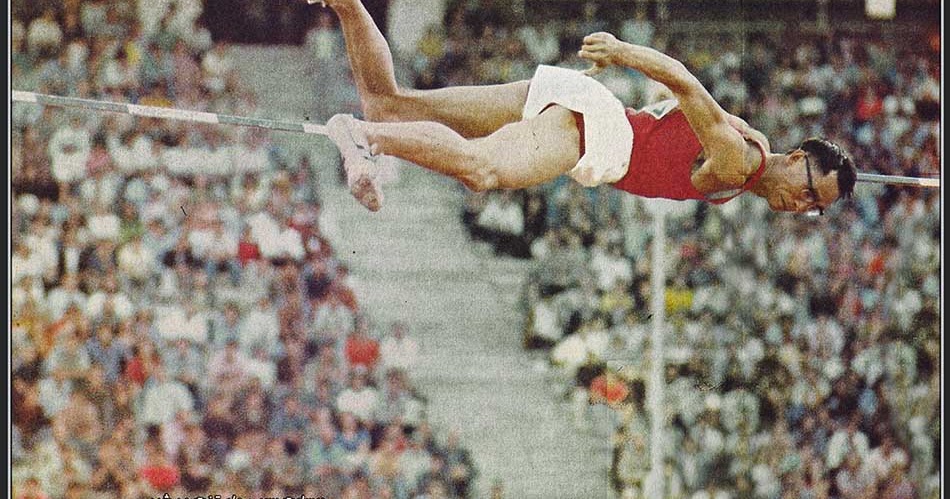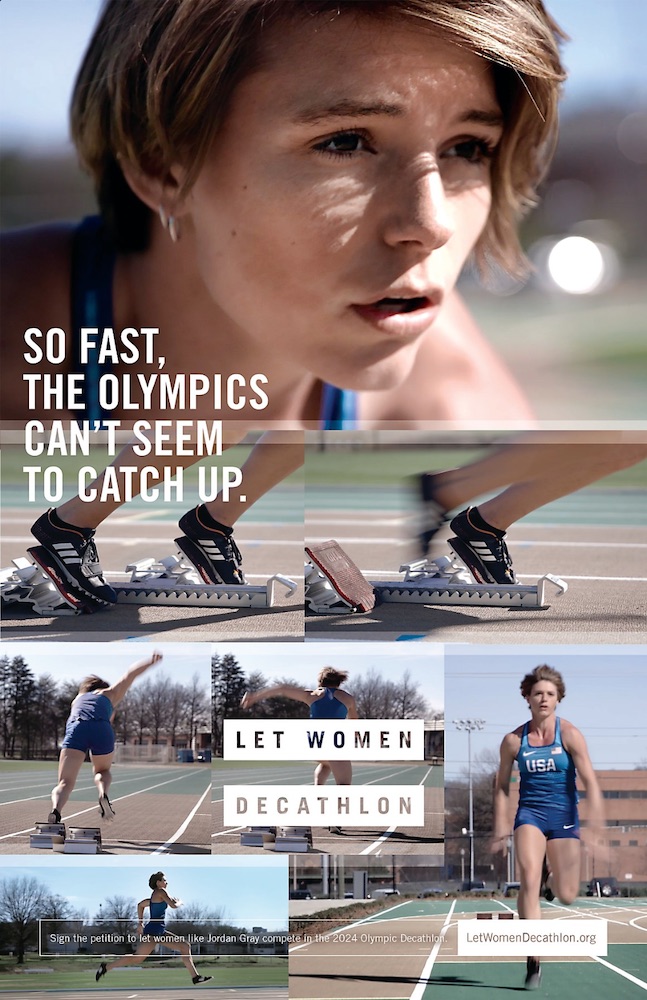I have written time and again on Jim Thorpe. To eyes he is the best decathlete ever, bar none. In an article written two years ago I was asking "Will the injustice towards Thorpe stop one day?". I wrote that article when I discovered that Thorpe did not appear among the athletes' list compiled by World Athletics.
Well, that injustice had since been remedied. And I will not be angry with the fact that all his sprint as well as the long jump performances are labeled as "non-legal". I guess that this is automatic when there exist no wind-speed measurements.
But a major injustice remained. Thorpe (Bright Path being his Sax & Fox Nation name) competed in the combined events in the 1912 Olympics and won both the pentathlon and the decathlon. He dominated the first, winning four of the five events and was third in the javelin (an event, the existence of which he ignored before the US Trials). He equally dominated the decathlon winning also four events, including the 1500 m, a feat that was not repeated till 2019 when N. Kaul won the World Championships (in a decathlon where we was first in the discus, javelin and the 1500 m moving from 11th after the first day to the first position, unlike Thorpe who took the command of the event after the shot put).
During the award ceremony King Gustav V of Sweden presented Thorpe with the gold medal and famously told him: “You, sir, are the greatest athlete in the world”.
However a few months later, in 1913, Thorpe was stripped of his titles after it was found that, before competing in the Olympics, he had played semi-professional baseball, thus violating the contemporary amateurism rules. In its zeal to punish Thorpe, the IOC broke its own rules: the procedures in place specified that any investigation into an athlete’s amateur status must begin within 30 days of the competition. The delay was not respected but the IOC was unyielding. Perhaps the fact that Thorpe was a Native American (American Indian for those who do not understand the politically correct term) might have played a role in the decision of the IOC to make him an example. (At the time Thorpe when won his gold medals, not all Native Americans were recognised as U.S. citizens. Citizenship was not granted to all American Indians until 1924).
Thorpe fought this injustice but to no avail. The fact that A. Brundage, a mediocre athlete certainly jealous of Thorpe's talent, was now the big boss of the IOC made sure that Thorpe was not reinstated during his living. Thorpe died in 1953 at 65 years of age.
But the fight for justice was not over. And in 1983 the IOC relented. They were based on a technicality, i.e. the fact that the 30-day delay was not respected. And, the IOC being what they are, they restored the medals but declared Thorpe co-winner(!) of the two combined events.
So the injustice towards Thorpe was perpetuated. The denouement had to wait for 40 more years. Following a campaign by the Bright Path advocacy group, supported by IOC member Anita DeFrantz, Thorpe was, in July 2022, recognised as the olympic champion of both combined events. In fact Hugo Wieslander had never accepted the decathlon gold medal offered to him after Thorpe's disqualification, believing that Thorpe was the sole legitimate gold medalist. And in the name of Ferdinand Bie (who was second after Thorpe), the Norwegian Olympic Committee declared that Thorpe and not Bie was the winner of the pentathlon. At long last justice was done.











